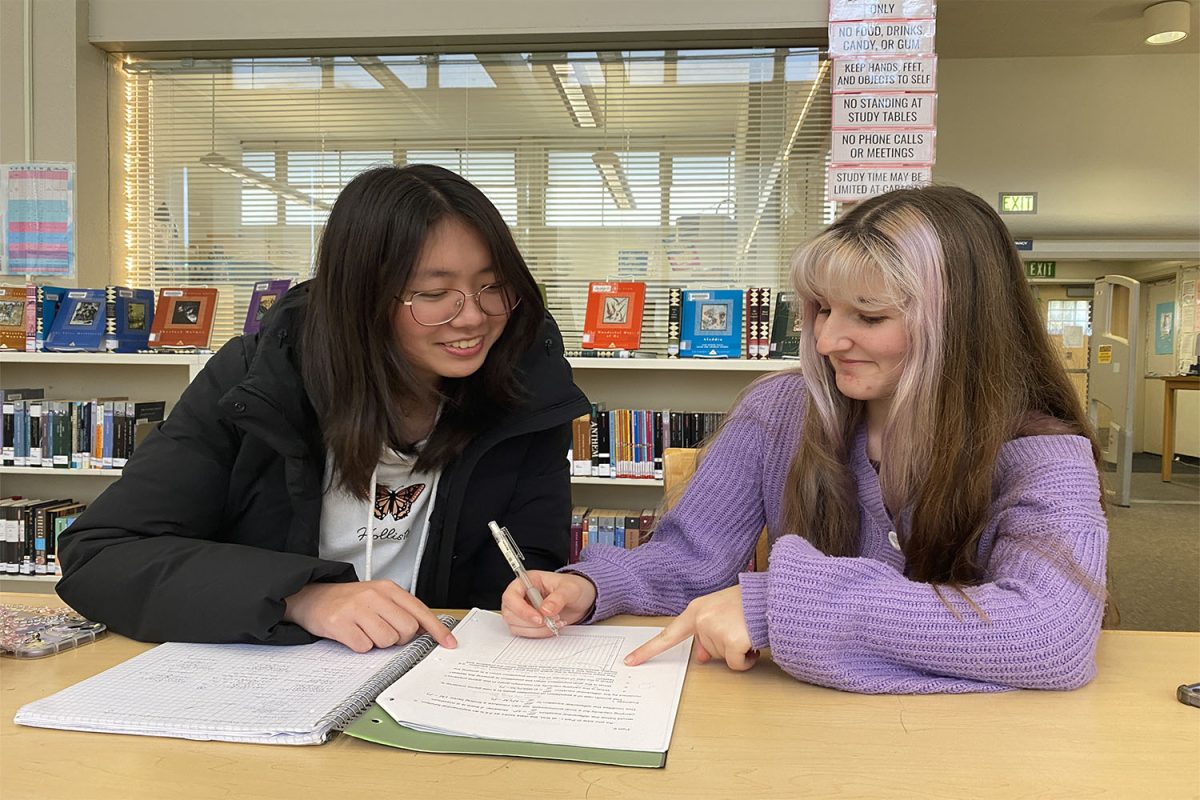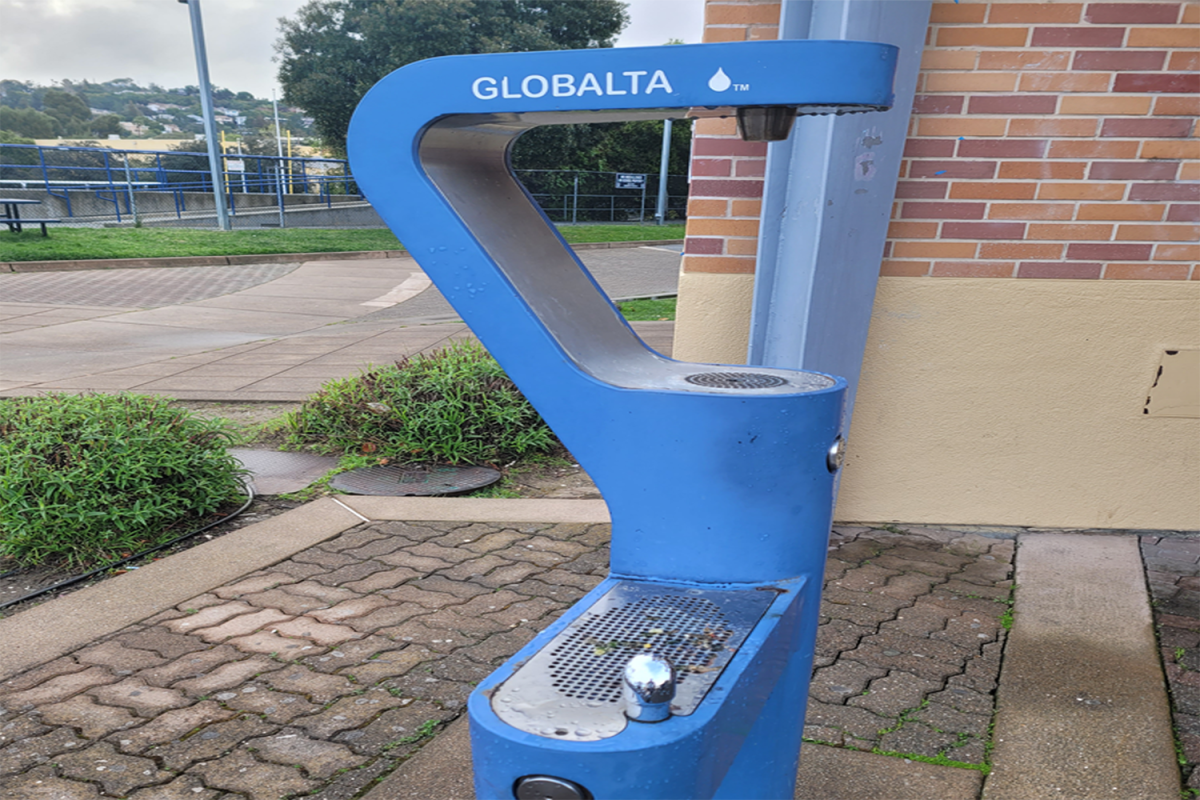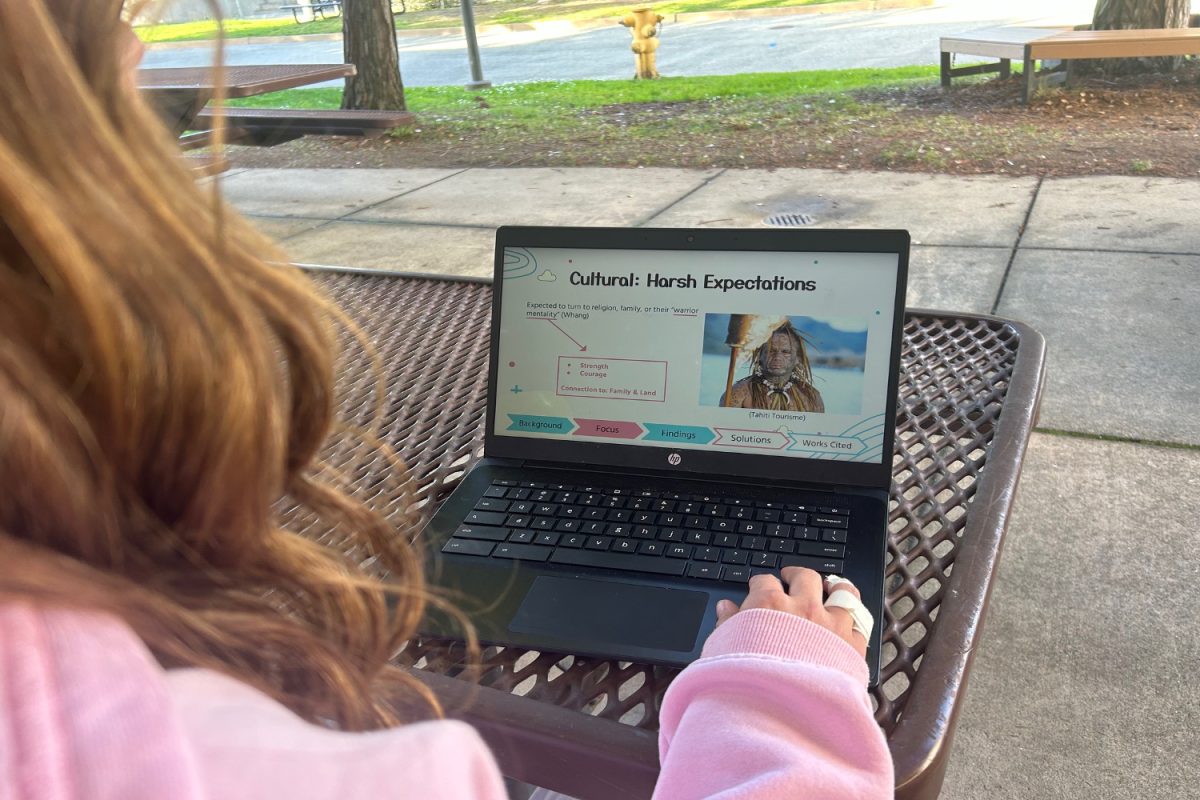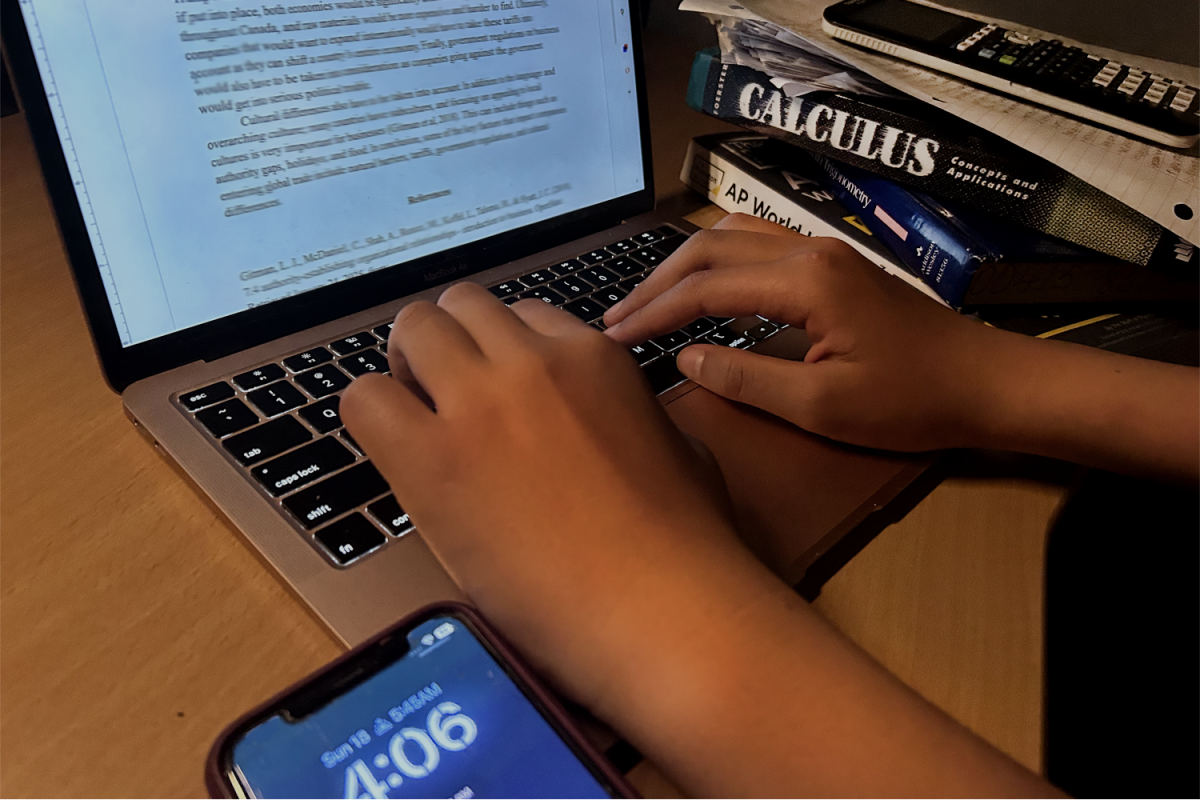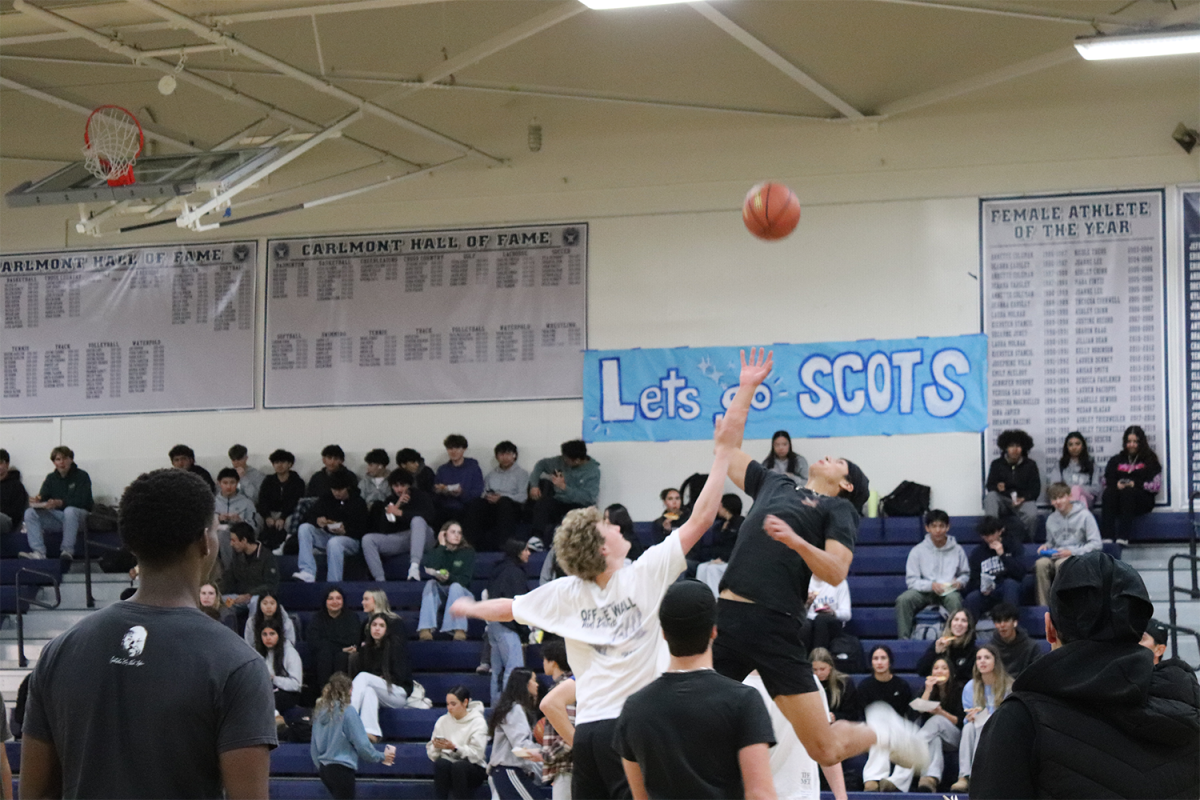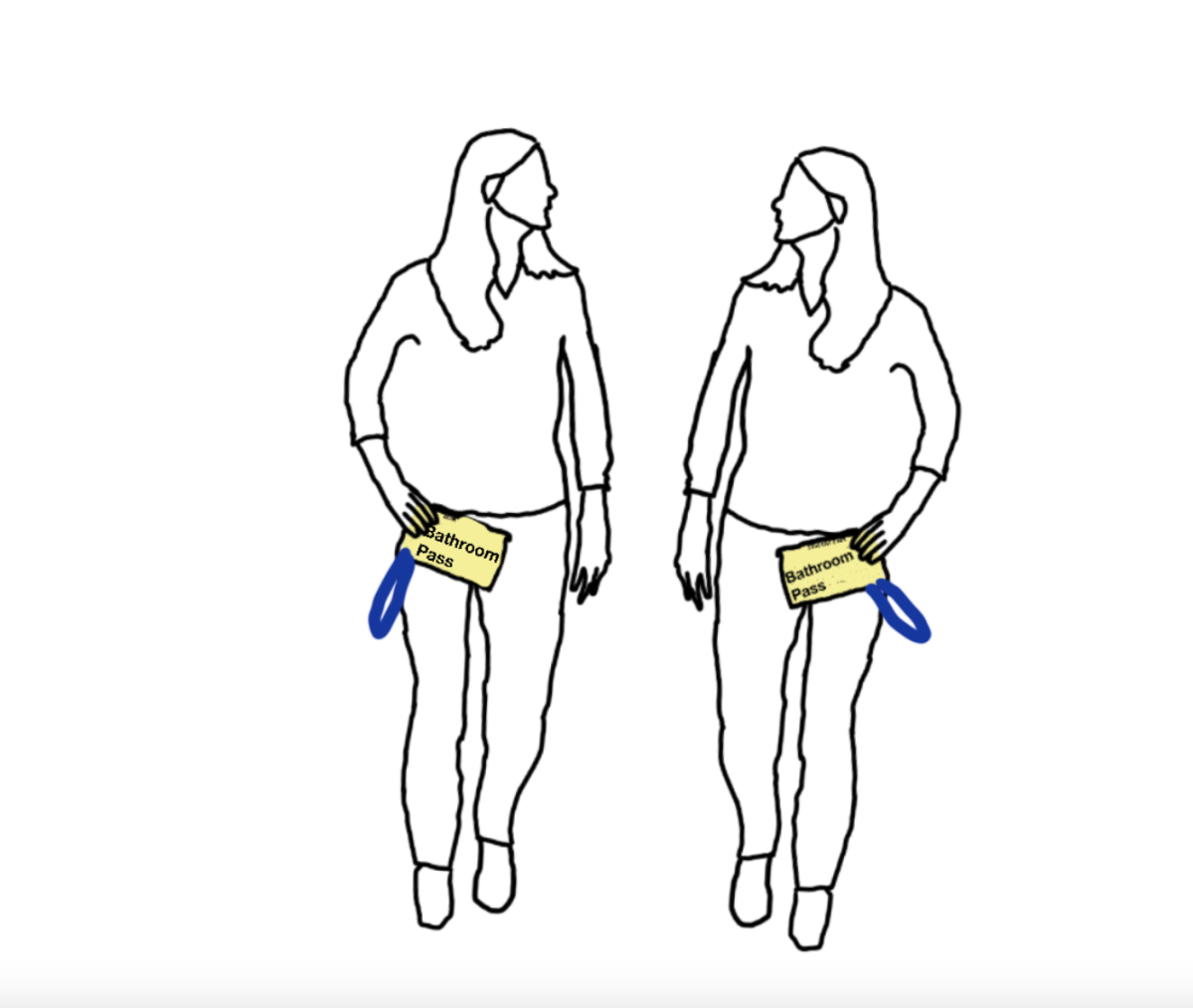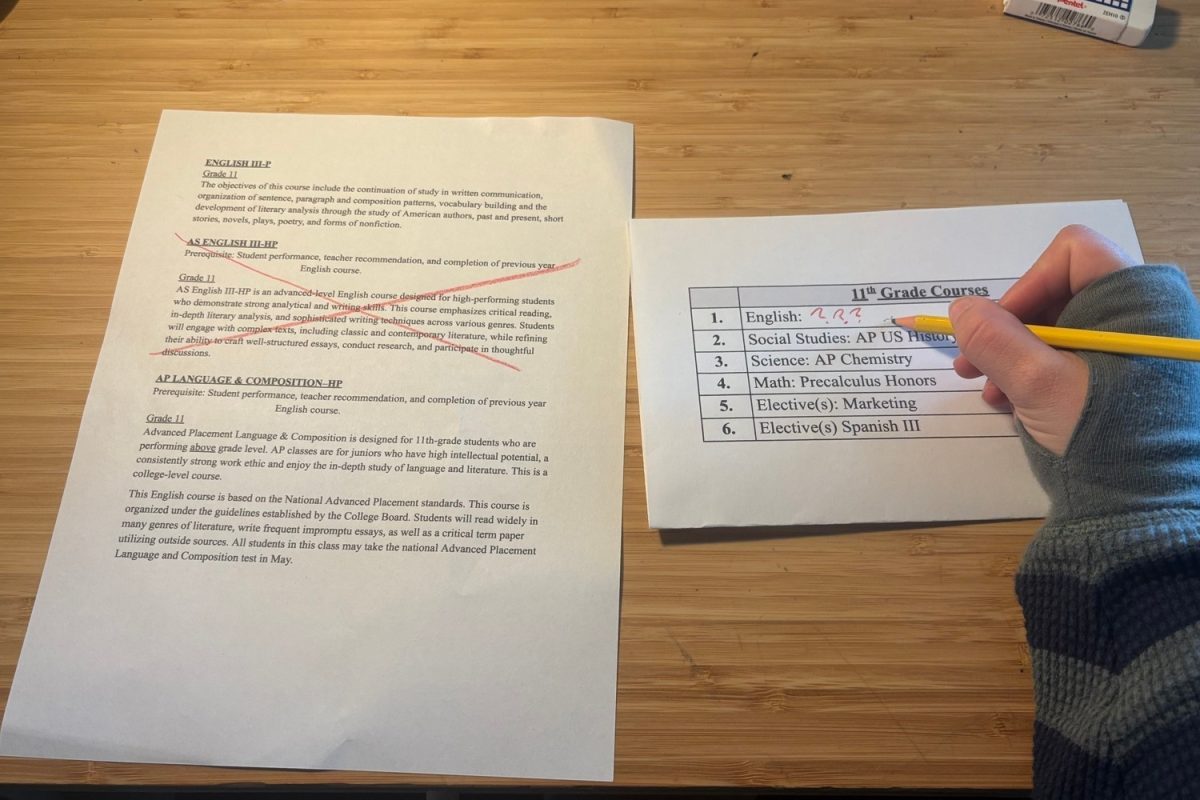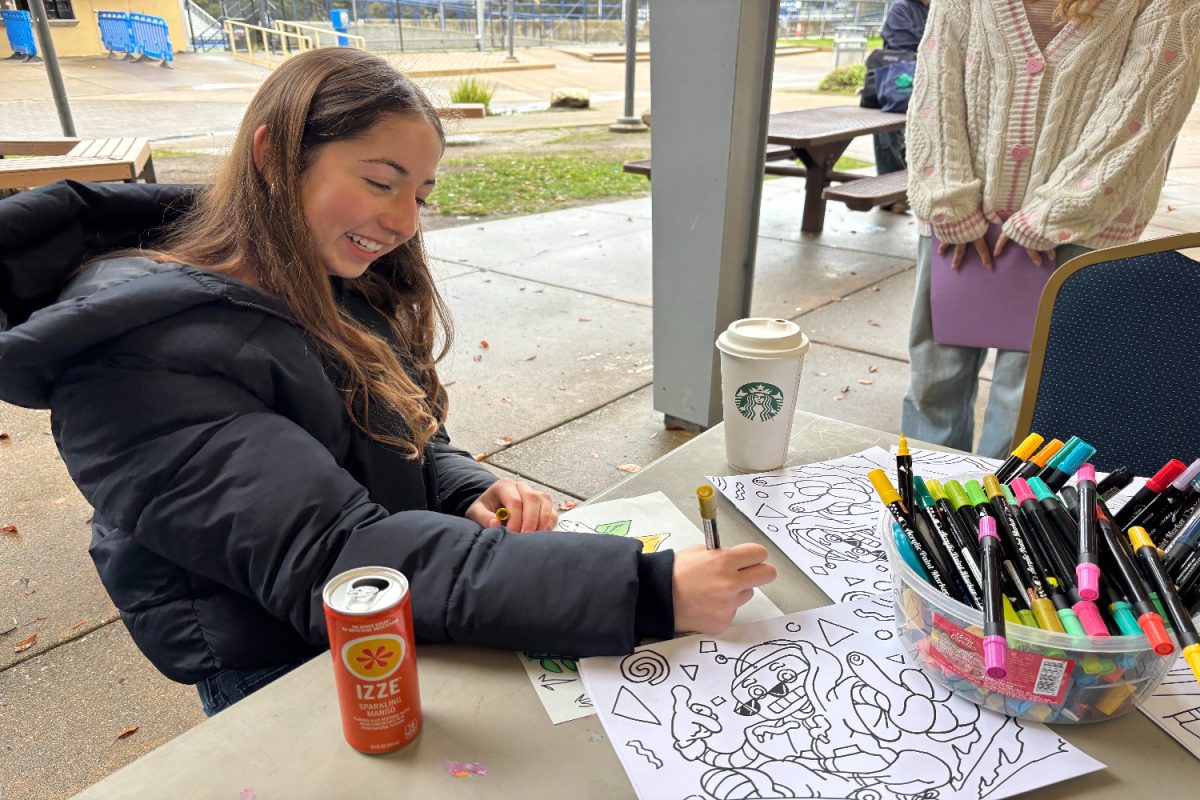With the second semester in full swing, students are beginning to adjust to the daily routine of school and homework. However, some students have already started to feel overwhelmed by the amount of homework and tests they have in the first month of the new semester and feel stressed about their grades.
“Now that I am going into harder topics in my classes, my workload is decent but has become more dense. I wish it was lighter so I could have more time for extracurricular activities,” said Jasmine Kaur, a freshman member of the Peer Tutoring Club at Carlmont.
Samantha Roberts, a Carlmont sophomore, also believes the second semester is more complex than the first semester.
On the other hand, some students are feeling more at ease.
“The first semester was more difficult because it took some adjusting to the campus, new teaching styles, and grading systems, as well as forming a new routine for homework. So far, the second semester has been easier because I know what my teachers expect, and I can fall back into my routine from the first semester,” said Julia Cline, a Carlmont freshman.
In agreement with Cline, sophomore Minnie Pholsith says she finds the second semester easier since she is more prepared for the workload and knows what to expect in her classes.
Some students who need additional help or practice with a subject go to the Carlmont Peer Tutoring Club. Tutors meet with students after school and during study hall, seventh period, and via appointment.
According to Catherine Wang, the president of the club and a Carlmont junior, most students seek tutoring in math. She noticed students need help applying formulas and theories, especially since everyday lectures are fast-paced.
“Algebra II/Trig and Precalculus Honors are popular subjects,” Wang said. “Many understand the concepts, but it’s the application that people get stuck on.”
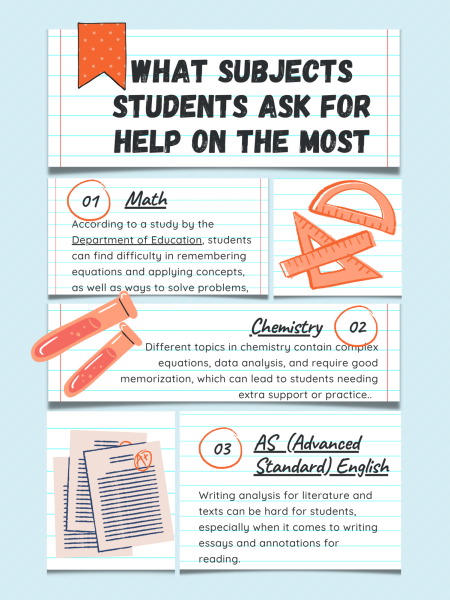
Cecilia Baranzini, a club member and Carlmont junior, has consistently tutored a student every week of the first semester.
“I’ll explain the concepts that they didn’t understand in class, which are typically the more fast-paced ones. It’s tough to move on, especially in math, if you don’t understand the fundamentals. I know sometimes math teachers assume that all their students know all the older concepts, but sometimes they don’t,” Baranzini said.
With the help of peer tutors, students can increase their performance in their classes and better follow along with teachers.
Not only has the students’ performance increased, but the community within the club has also. Currently, there are 44 student tutors.
“In my freshman year, we had maybe two meetings per year and didn’t do much. But now, there are meetings every month. We do icebreakers to get to know each other and bond more,” Wang said.
However, the Peer Tutoring Club is not the only resource for students seeking academic assistance. Some are using Paper, an online 24/7 tutoring service, or getting help from tutors outside of school.
As the second semester continues to unfold and summer slowly approaches, peer tutors hope to continue to help their classmates when needed. According to Wang, around 25 to 30 students signed up for tutoring at least once during the first semester. She hopes that the number will increase.
“The goal is always to provide support for any who may need it,” Baranzini said.

